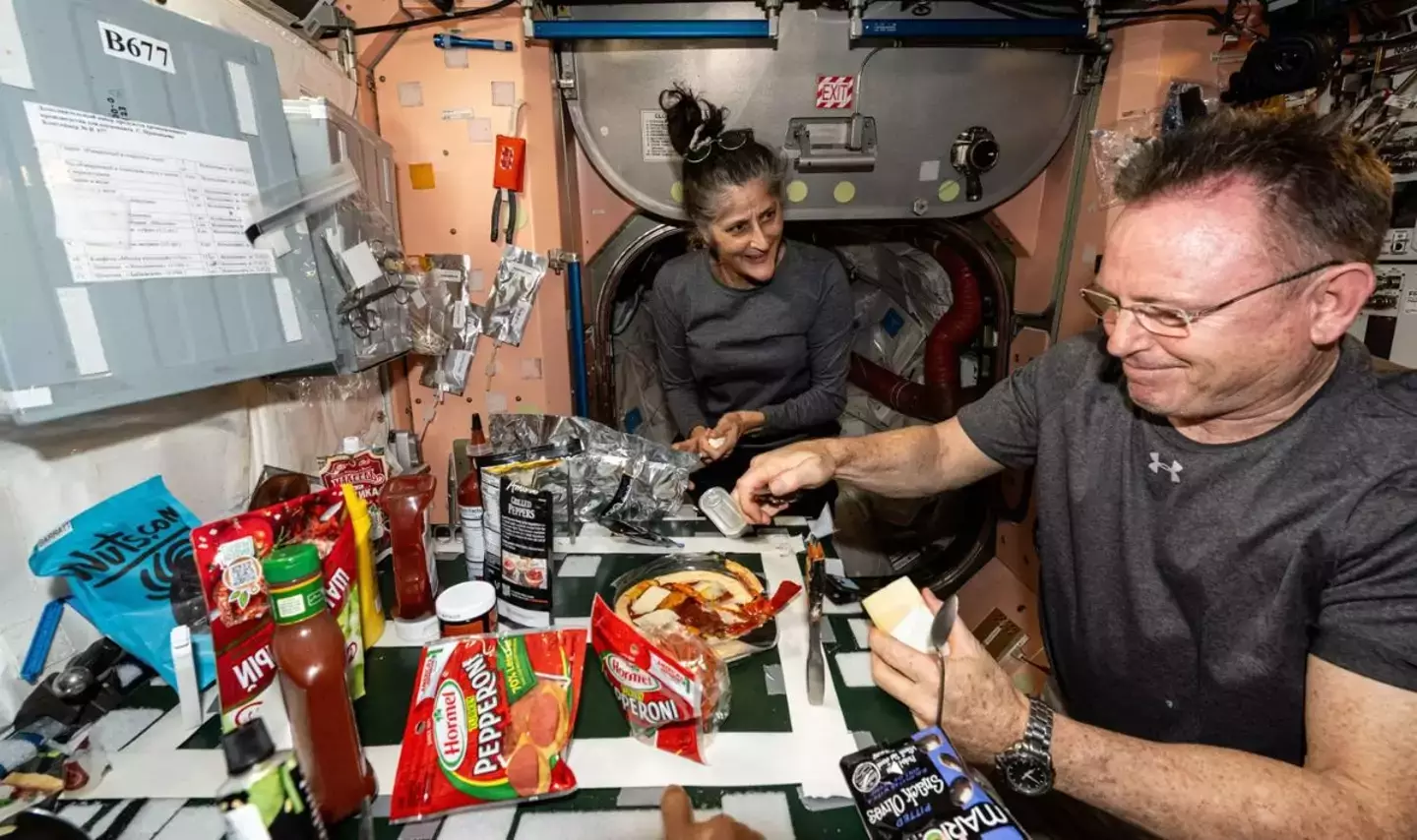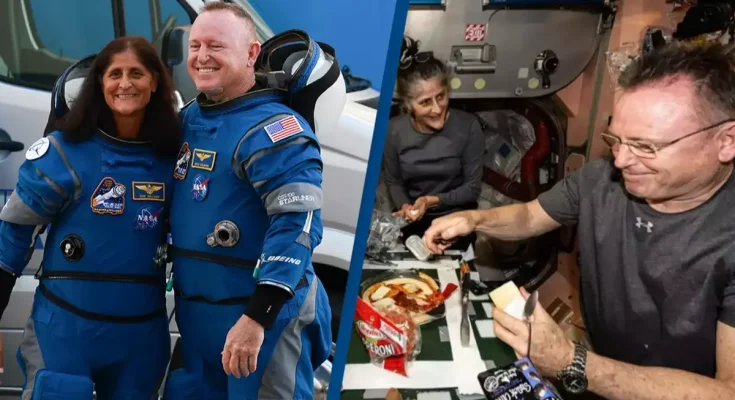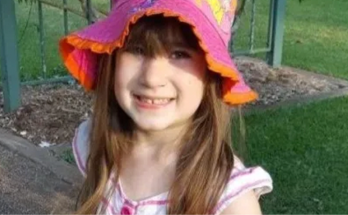Sunita Williams and Barry ‘Butch’ Wilmore have been up on the International Space Station for over five months
The two NASA astronauts stuck in space are having to make do with what they can to eat while aboard the International Space Station (ISS) – including ‘soup made with their own urine’.
Sunita Williams, 59 and Barry ‘Butch’ Wilmore, 61, have been up on the ISS for over five months after their aircraft, the Boeing Starliner, experienced some technical difficulties.
The capsule originally took off for an eight-day trip, but after suffering with thruster failures and helium leaks, the team were left stranded on the ISS after the aircraft returned back to Earth empty.
It was deemed too dangerous for the team to return on the Starliner, so Williams and Wilmore will instead be getting a ride home on SpaceX’s Dragon capsule, which departs in February.
Since the pair have been stranded in space, many people have been concerned over their welfare and specifically, how and what the astronauts are surviving on
According to the New York Post, a specialist connected with the mission explained that Williams and Wilmore are eating a variety of foods including pizza, shrimp cocktails, chicken and breakfast cereals with powdered milk.
“There’s fresh fruit at first,” they said. “But as the three months continues that goes away — and their fruits and vegetables are packaged or freeze-dried.”
Much of the food onboard the ISS is freeze-dried and can be reheated using the station’s food warmer.
Any meat is cooked down on Earth before being reheated on the ISS, meanwhile liquid-based foods such as soup have to be made with water from the station’s tank.
Incredibly, the ISS recycles the urine and sweat from the astronauts and turns it into fresh water.
As for how this works, NASA explain: “This system collects wastewater and sends it to the Water Processor Assembly (WPA), which produces drinkable water. One specialized component uses advanced dehumidifiers to capture moisture released into the cabin air from crew breath and sweat.
.jpg)
“Another subsystem, the Urine Processor Assembly (UPA), recovers water from urine using vacuum distillation. Distillation produces water and a urine brine that still contains some reclaimable water.
“A Brine Processor Assembly (BPA) developed to extract this remaining wastewater has been on the space station as a demonstration of its operation in microgravity. Recent assessments found that the BPA helped the system achieve the 98% water recovery goal.”
Despite recent concern over Williams’ health after photos emerged online, the astronaut has emphasised that she hasn’t lost any weight.
Speaking with the New England Sports Network Clubhouse on November 12, she said: “There’s a lot of changes that go on up here. But it’s funny, I think there’s some rumours around out there that I’m losing weight and stuff. I’m actually right at the same amount.”
She added that ‘things shift around quite a bit’, adding that people tend to ‘look little bigger’ because ‘the fluid evens out along the body’.



